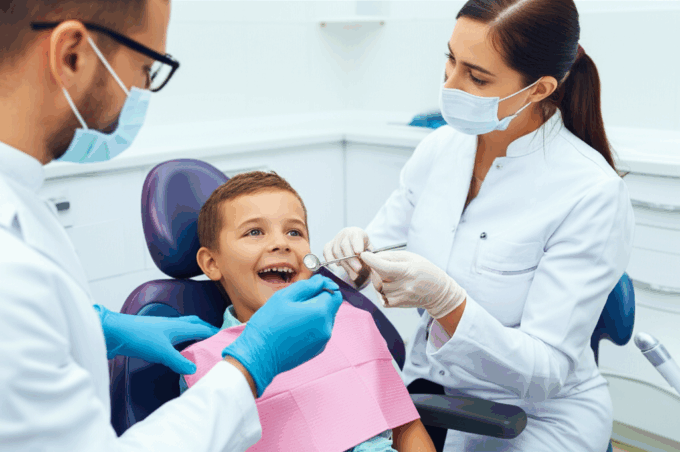Dental Visits: Best First Time Guide
Your very first dental visit can feel like a significant milestone, and it’s completely normal to feel a mix of excitement and perhaps a touch of apprehension. Whether you’re a parent bringing your child in for their initial check-up or an adult who hasn’t seen a dentist in a while, this guide is designed to equip you with all the information you need for a smooth and positive experience. Understanding what to expect can demystify the process, reduce anxiety, and lay the foundation for a lifetime of good oral health.
The primary goal of your initial dental appointment is to establish a baseline understanding of your oral health. For children, this often means introducing them to the dental environment in a fun and non-threatening way, while for adults, it’s a comprehensive evaluation of your teeth, gums, and overall mouth. Dentists are highly trained professionals dedicated to preventing dental problems before they start and addressing existing issues with minimal discomfort.
What to Expect During Your First Dental Appointment
Your first interaction with the dental office will likely begin with administrative tasks. Be prepared to fill out some paperwork, which typically includes medical history, dental history, and insurance information. It’s crucial to be as thorough and honest as possible, as this information helps your dentist understand any underlying health conditions that might affect your oral health or treatment options. Many dental practices now offer online forms, allowing you to complete this at your convenience before your appointment.
Once you’re called back, a dental hygienist will likely begin your appointment. They will typically start by reviewing your medical and dental history with you, asking about any concerns you might have, and discussing your daily oral hygiene routine. This is your opportunity to ask any questions you might have. Following this, the hygienist will usually perform a gentle cleaning. This cleaning, often referred to as prophylaxis, involves removing plaque and tartar buildup that regular brushing and flossing can’t reach. They might use specialized tools to scrape away hardened plaque (tartar) and then polish your teeth to remove surface stains.
The Dentist’s Examination: A Comprehensive Look
After the cleaning, the dentist will conduct a thorough examination. This is a critical part of your first dental visit where they assess the health of your teeth, gums, and mouth. They will look for any signs of tooth decay (cavities), gum disease (gingivitis or periodontitis), oral cancer, and other potential issues. The dentist will use a small mirror and a dental explorer (a pointy instrument) to gently probe your teeth and examine hard-to-see areas.
They will also check your bite and jaw alignment, looking for any signs of temporomandibular joint (TMJ) disorder or bruxism (teeth grinding). X-rays are often taken during this initial examination. These allow the dentist to see what’s happening beneath the surface of your teeth and gums, such as decay between teeth, bone loss due to gum disease, or impacted teeth. Modern dental X-rays use minimal radiation and are an essential diagnostic tool.
Understanding Preventive Care: Your Role in Dental Health
Your dentist will not only identify current issues but also educate you on how to prevent future problems. This is a cornerstone of responsible dental care. They will discuss proper brushing and flossing techniques, tailoring their advice to your specific needs. This might include recommendations for specific types of toothbrushes, toothpaste, or floss. For instance, if you have braces or delicate gums, specific tools and methods will be advised.
The first time dental visit is also an opportune moment to discuss diet and its impact on oral health. Sugary drinks and snacks are significant contributors to tooth decay, and your dentist can provide guidance on making healthier choices. Fluoride treatments, which strengthen tooth enamel and protect against cavities, may also be recommended, especially for children. In some cases, dental sealants, a plastic coating applied to the chewing surfaces of back teeth, might be suggested to prevent decay.
Building a Partnership with Your Dental Team
Think of your dental team as partners in maintaining your health. Open communication is key to a successful ongoing relationship. Don’t hesitate to voice any fears or anxieties you have. Modern dentistry offers numerous options to manage dental anxiety, from simple relaxation techniques to sedation dentistry for more severe cases. The dental team is there to make you feel comfortable and at ease.
The follow-up plan will be discussed at the end of your appointment. This might include scheduling your next routine check-up (typically every six months), or a follow-up appointment to address any identified issues, such as a cavity that needs to be filled. Understanding your treatment plan and the reasons behind recommendations will empower you to take an active role in your oral health journey.
Your first dental visit is an investment in your long-term well-being. By being prepared, open



